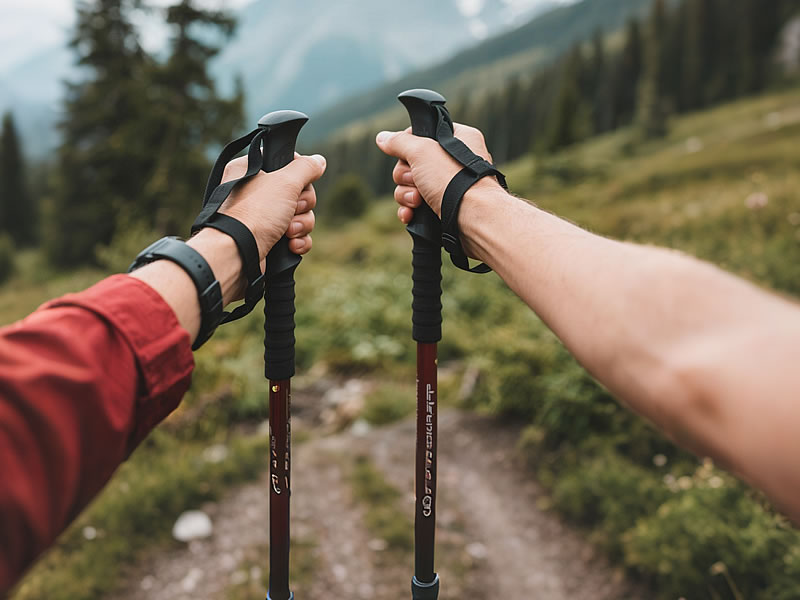Do I Need One or Two Hiking Poles?
If you’re new to hiking or trekking, you might be wondering whether one pole or two is the right choice for you. While both options offer support and stability, understanding their differences can help you make an informed decision based on your needs, terrain, and goals. Here’s a detailed breakdown to guide your choice.

The Case for Two Poles
Using two trekking poles is widely regarded as the gold standard for serious hikers, backpackers, and adventurers. Here’s why:
- Enhanced Balance and Stability: Two poles create four points of contact with the ground, significantly improving your balance on uneven, rocky, or slippery terrain. This is especially useful when crossing streams, navigating loose gravel, or trekking in unpredictable conditions.
- Reduced Joint Impact: By distributing your weight more evenly across both upper and lower body, two poles minimize strain on your knees, hips, and ankles. This is particularly beneficial during descents, where joint stress can be substantial.
- Full-Body Workout: Two poles engage your arms, shoulders, and core muscles, turning hiking into a full-body activity. This boosts endurance, improves pacing, and can help you maintain energy over long distances.
- Ideal for Heavy Loads: If you’re carrying a backpack, especially on multi-day trips, two poles provide critical support to offset the weight and stabilize your posture.
When One Pole Might Suffice
A single hiking pole or cane can be sufficient for certain scenarios:
- Light or Flat Terrain: For well-maintained trails or casual walks, one pole offers enough support for balance and occasional assistance.
- Simplicity and Convenience: Some hikers prefer the minimalist feel of one pole, especially if they need a free hand for photography, navigating with a map, or holding a dog leash.
- Budget or Preference: If you’re testing the waters or prefer a traditional walking staff, one pole is a reasonable starting point.
Key Factors to Consider
- Terrain Difficulty: For technical, steep, or unstable trails, two poles are strongly recommended.
- Physical Condition: If you have joint issues, are recovering from an injury, or prioritize injury prevention, two poles provide superior protection.
- Pack Weight: The heavier your load, the more beneficial two poles become.
- Personal Comfort: Some hikers find the rhythm of using two poles natural, while others prefer the simplicity of one.
Tips for Getting Started
- If you choose two poles, practice synchronizing your movement (e.g., opposite arm and leg motion) for efficiency.
- Adjust pole lengths correctly: shorten for uphill sections, lengthen for downhill.
- Use wrist straps to transfer weight to your arms rather than gripping tightly.
Final Verdict
For most hikers—especially those tackling challenging trails, carrying weight, or seeking long-term joint health—two poles are the ideal choice. They offer unmatched stability, reduce physical strain, and enhance overall performance. However, if your hikes are casual and on gentle terrain, one pole may meet your needs. Whatever you decide, investing in a quality pole (or pair) will undoubtedly elevate your hiking experience.





